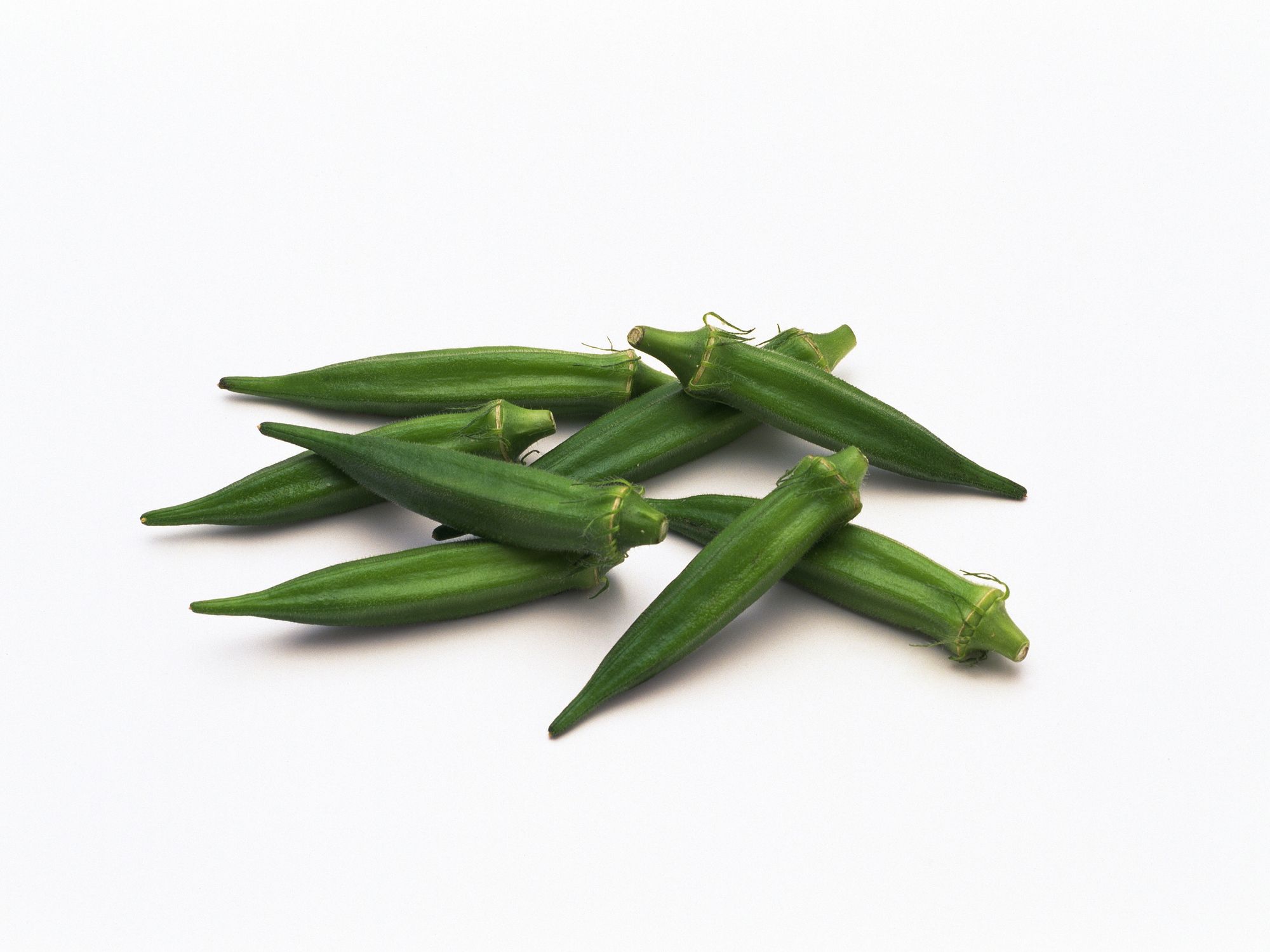

Behind the corona is the neck of the penis, which separates the glans and the penile shaft. The circumference of the base of the glans forms a rounded projecting border, the corona glandis, overhanging a deep retroglandular groove known as the coronal sulcus. Īt the summit of the glans is the slit-like vertical external urethral orifice, called the urinary meatus, through which urine, semen and pre-ejaculatory fluid exit the penis. Some researchers have suggested that the glans has evolved to become acorn-, mushroom- or cone-shaped so that during copulation it acts to remove any semen still there from previous sex partners, but this is not supported when looking at primate relatives who have different mating behaviors. While the shape of the glans is typically acorn-like, in some men it might be much wider in circumference than the shaft, giving the penis a mushroom-like appearance, while in others it might be narrower and more akin to a probe in shape. The proportional size of the glans penis can vary greatly. The soft cushiony texture of the glans absorbs impact during rigorous instances of copulation. While the penis is rigid when erect, the glans itself remains slightly softer. The increase of arterial flow during erection fills the erectile tissue with blood causing the glans to grow in size and sensitivity. The papillary layer of the dermis blends into the dense connective tissue forming the tunica albuginea of the corpus spongiosum behind the glans. The external lining with mucosal tissue is responsible for its smooth texture and appearance. The glans is covered by stratified squamous epithelium and a dense layer of connective tissue equivalent to the dermis of typical skin. It is the expanded cap of the corpus spongiosum, a sponge-like region that surrounds the male urethra within the penis maintaining it as a viable channel for ejaculation.

The glans penis is a body of spongy erectile tissue that is moulded on the rounded ends of the two corpora cavernosa penis, extending farther on their upper than on their lower surfaces. The glans penis as the expansion of the corpus spongiosum The medical name comes from the Latin words glans ("acorn") and penis ("of the penis").

The glans is more commonly known as the "head" or the "tip" of the penis, and colloquially referred to in British English as the “bellend”. Exposure to male hormones ( androgens) initiates the tubercle's development into a penis making the glans penis anatomically homologous to the clitoral glans in females. The tubercle is present in the embryos of both sexes as an outgrowth in the caudal region that later develops into a primordial phallus. The glans penis develops as the terminal end of the genital tubercle during the embryonic development of the male fetus. In adults, the foreskin can generally be retracted over and past the glans manually or sometimes automatically during an erection. In men who are not circumcised, it is completely or partially covered by the foreskin. An elastic band of tissue, known as the frenulum, runs on its ventral surface. At the summit appears the urinary meatus and at the base forms the corona glandis. In humans, the glans is located over the distal ends of the corpora cavernosa and is a continuation of the corpus spongiosum of the penis. It is externally lined with mucosal tissue, which creates a smooth texture and glossy appearance. The glans penis is present in the male reproductive organs of humans and other mammals where it may appear smooth, spiny, elongated or divided. In male human anatomy, the glans penis, commonly referred to as the glans ( / ɡ l æ n z/), is the bulbous structure at the distal end of the human penis that is the human male's most sensitive erogenous zone and their primary anatomical source of sexual pleasure.


 0 kommentar(er)
0 kommentar(er)
